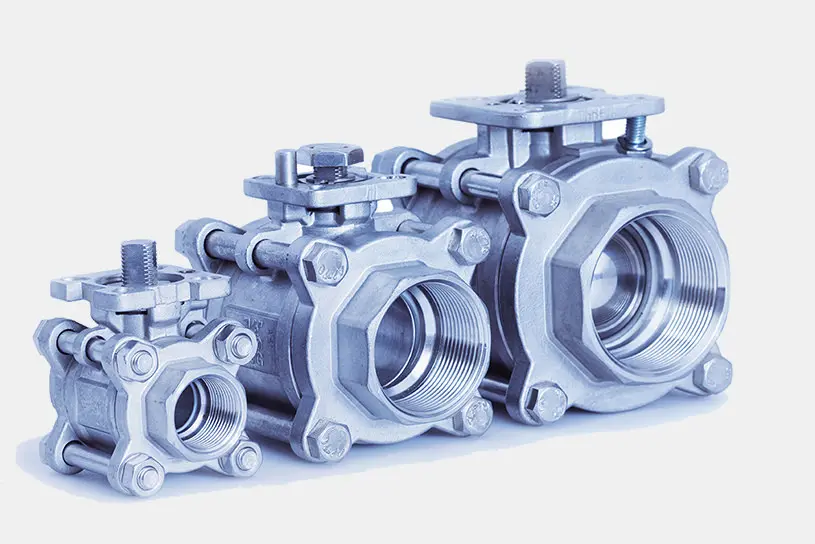 Add My Company
Add My Company
How to Choose Ball Valves: Part 1 – Size

Welcome to part one of a series of five short posts about Ball Valves. We’re exploring everything you need to consider when choosing the right ball valve for your application. In order to do this justice, we’d like to introduce you to ‘STAMP’. So let’s get started…
What is ‘STAMP’ and What Does it Have to do with Ball Valves?
STAMP is a framework you can use for just about any fitting in order to ensure you have checked and understood every specification. And yes, you may have guessed it, it’s an acronym and a pretty handy one at that since it is easy to remember and provides a useful checklist.
What does STAMP stand for?
S = SIZE
T = TEMPERATURE
A = APPLICATION
M = MEASUREMENT
P = PRESSURE
This post is all about how to establish what size ball valve you need, and how to measure for it. In later posts, we will be taking a look at all the other points and hope to provide you with an overview of everything you’ll need to think of when specifying the right fittings for your fluid transfer applications.
What Size Ball Valve Do I Need?
A Question of Flow Rate
The process engineering requirements of your operation will usually dictate the size of the ball valve required. More often than not, the rate of flow required through the ball valve is the first consideration. The larger the size of the bore, the better the flow rate so this is a good place to start, especially if you are specifying a new assembly which will include your ball valve.
If the rate of flow within your process system is optimised with a 2” hose then it is likely that you will require a 2” ball valve to suit. In some process environments, it is possible to use smaller sized ball valves. This depends on the flow rates of reduced bore ball valves versus full bore ball valves.
Reduced Bore Ball Valves vs. Full Bore Ball Valves
The difference between Reduced Bore and Full Bore ball valves is the space that the fluid has in which to travel and the size of the ball in the valve.
Specifying your Ball Valve Based on Existing Fittings
In certain circumstances, you may be required to specify the size of the ball valve required, based on the current fittings on site. To assess the size of valve required, you need either of the following:
- The Internal Diameter of the hose (ID)
- The External measurement of the male thread on the fittings
Either of these measurements should measure close to the size of the valve required. If the internal diameter (ID) of the hose is close to 2” you will need a 2” ball valve, or if the external diameter of the male thread is close to 2” you will need a 2” ball valve.
If you don’t have either of these available then assess whether there’s any site drawings or plans that can be reviewed for product specifications. Or failing that, you can always call your friendly supplier, who should be able to assist!
Browse our ball valves product range
(we also enjoy talking about every single other fluid transfer solution)!
For more information on How to Choose Ball Valves: Part 1 – Size talk to Action Sealtite Ltd


